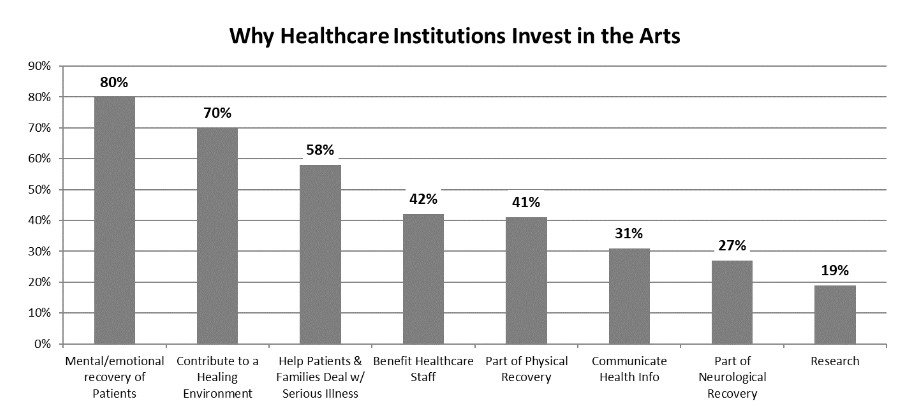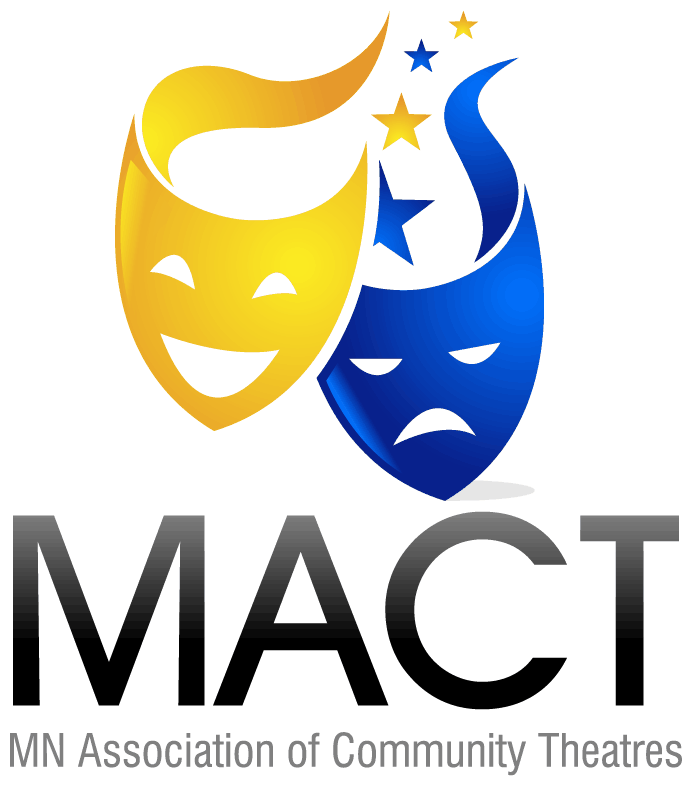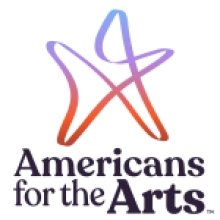Provided by AmericansForTheArts.org
Nearly half of the nation’s healthcare institutions provide arts programming for patients, families, and staff. 80% provide these programs because they benefit patients and create a healing environment.

- A 2007 national survey about arts programs in healthcare institutions conducted by The
Joint Commission—which accredits the nation’s 22,000 hospitals and healthcare entities—
showed that nearly half (49%) have active arts programs, and all indicators point to a larger
percentage today. When hospital administrators were asked, “Why the arts?” chief among
the responses were that they aid in the mental and emotional recovery of patients (80%) as
well as their physical recovery (41%). - Many programs extend beyond the patients to strengthen the entire healing system: 80%
serve patients directly, 58% include the patient’s family, and 42% are for staff to help them
deal with workplace stress. Arts programs in hospitals have even been shown to reduce
nursing staff turnover. - A landmark study published in The Gerontologist revealed that weekly arts participation
(singing in a choral group) by persons aged 65 and older resulted in better physical and
mental health, fewer doctor visits, and less medication usage than the study’s non-singing
control group. In fact, comparing just medication use and doctor visits, the individuals who
sang in the chorus had an annual savings of $172.91 per year, per participant. Incorporating
the arts into elder care can add up to huge savings for Medicare, private insurers, and
individuals. - In addition to humanizing the hospital environment, there is a growing body of research
that demonstrates the economic benefits of arts in healthcare programs, including shorter
hospital stays, less medication, and fewer doctor visits.
Source: Americans for the Arts, 2021.
 MACT
MACT